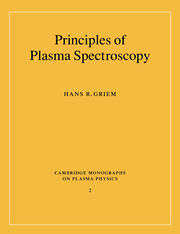Background and purpose
The ionosphere is considered to be that region of an atmosphere where significant numbers of free thermal (<1 eV) electrons and ions are present. All bodies in our solar system that have a surrounding neutral-gas envelope, due either to gravitational attraction (e.g., planets) or some other process such as sublimation (e.g., comets), have an ionosphere. Currently, ionospheres have been observed around all but two of the planets, some moons, and comets. The free electrons and ions are produced via ionization of the neutral particles both by extreme ultraviolet radiation from the Sun and by collisions with energetic particles that penetrate the atmosphere. Once formed, the charged particles are affected by a myriad of processes, including chemical reactions, diffusion, wave disturbances, plasma instabilities, and transport due to electric and magnetic fields. Hence, an understanding of ionospheric phenomena requires a knowledge of several disciplines, including plasma physics, chemical kinetics, atomic theory, and fluid mechanics. In this book, we have attempted to bridge the gaps among these disciplines and provide a comprehensive description of the physical and chemical processes that affect the behavior of ionospheres.
A brief history of ionospheric research is given later in this introductory chapter. An overview of the space environment, including the Sun, planets, moons, and comets, is presented in Chapter 2. This not only gives the reader a quick look at the overall picture, but also provides the motivation for the presentation of the material that follows. Next, in Chapter 3, the general transport equations for mass, momentum, and energy conservation are derived from first principles so that the reader can clearly see where these equations come from.

